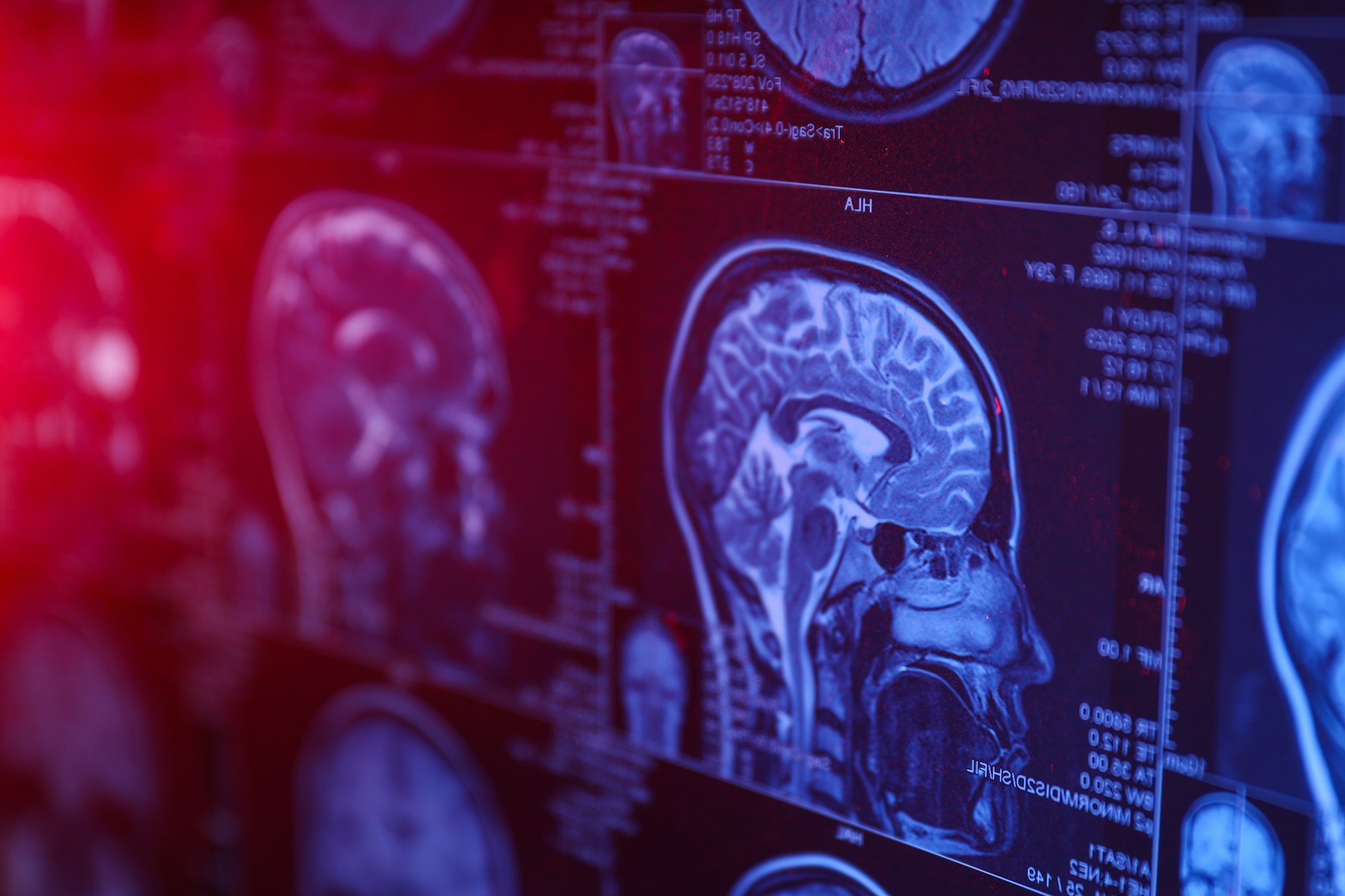Insider Brief
- Most scientists believe the brain is too wet, warm and noisy for the delicate operations of quantum mechanics to play a role in cognition or consciousness.
- A Chinese research team is exploring how quantum entanglement could impact neural synchronization and cognition.
- The researchers suggest that quantum entanglement occurs naturally within the brain’s architecture and specifically point toward processes within the myelin sheaths as the root of a possible mechanism for entanglement.
Most scientists have resisted the concept that quantum physics plays any role in the brain — an environment that Physicist Max Tegmark argued would be “too wet, warm and noisy” for quantum mechanics to play a meaningful role in cognition or consciousness..
However, recent research from China suggests that quantum entanglement—a phenomenon Albert Einstein famously dubbed “spooky action at a distance”—might play a role in the synchronization of neurons in the human brain, according to a New Scientist article.
The study, peer-reviewed in Physical Review E and also referenced in the online pre-print server ArXiv, examine the potential mechanisms by which quantum entanglement could impact neural synchronization and cognition. While both studies propose innovative ideas, they acknowledge the speculative nature of their findings and emphasize the need for further empirical validation.

Theoretical Insights: Photon Emission and Entanglement
In the study, led by Yong-Cong Chen and colleagues at Shanghai University, the researchers explored the possibility that quantum entanglement occurs naturally within the brain’s architecture. The researchers suggest that myelin sheaths, which are protective coatings surrounding the nerve fibers that connect neurons, might interact with infrared photons produced within the brain. These photons, though not directly observed, are thought to originate from chemical reactions in neurons’ mitochondria.
“When a brain is active, millions of neurons fire simultaneously,” Chen told New Scientist, suggesting Einstein’s spooky action at a distance . “If the power of evolution was looking for handy action over a distance, quantum entanglement would be [an] ideal candidate for this role.”
The researchers used mathematical models to demonstrate how infrared photons could collide with myelin sheaths and impart energy to the chemical bonds within these structures. This interaction could lead to the emission of two photons, with many pairs potentially being entangled. Chen’s team suggest, then, that this entanglement could facilitate rapid communication between different brain regions, enhancing synchronization.
Empirical Exploration: Entangled Photons in the Nervous System
The team explored the generation of entangled photons through an understanding interactions between light and matter within confined spaces, known as cavity quantum electrodynamics (cQED). The researchers focused on the myelin sheaths’ unique properties, which form cylindrical cavities capable of storing and amplifying electromagnetic radiation. These cavities create discrete electromagnetic modes that differ from continuous free-space modes, potentially leading to the frequent production of entangled photon pairs.
The study found that the vibrational spectrum of carbon-hydrogen bonds — or C-H bonds — within myelin sheaths could emit cascade radiation, resulting in the generation of biphotons—pairs of entangled photons.
“The abundance of C-H bond vibration units in neurons can therefore serve as a source of quantum entanglement resources for the nervous system,” the researchers state in the study.
This finding suggests that entangled photons could propagate through the neuromedullary sheaths, potentially serving as a quantum communication resource within the nervous system.
The researchers emphasize that their model is a simplified representation and acknowledge the challenges of experimentally detecting entangled photons within living systems.
“Finding proof of the entangled photons theorized in this new work— for example, directly detecting them in a living system like a mouse—would be quite difficult,” Chen said in the New Scientist article.
Disease Connection and Potential Implications
The researchers report that there is also some anecdotal evidence of this brain quantum entanglement theory in the study of neurodegenerative diseases, which could one day lead to medical interventions. Their study notes that myelin thickness decreases with age, which correlates with a higher probability of developing such diseases.
The implication is that the thicker myelin sheath may impede this entanglement and, hence, alter the delicate synchronization process.
Admittedly, this study is speculative — and the following ideas on how this could relate to quantum computing and other forms of quantum tech is even more speculative, but should be at least considered as possible routes for scientists to explore in their quest for improved quantum technologies.
First, if neurons indeed harness quantum entanglement to synchronize their activities, it could provide a biological blueprint for developing new quantum algorithms and architectures. Just as neural networks in artificial intelligence were inspired by the brain’s complex processing abilities, understanding how neurons might leverage quantum phenomena could inform the design of algorithms that capitalize on entanglement for more efficient parallel processing and problem-solving. This biological inspiration could lead to advances in quantum neural networks, where the principles of quantum mechanics enhance the capabilities of neural network models, allowing them to solve complex problems with greater efficiency than their classical counterparts.
The study also suggests that the brain might have developed mechanisms to protect entangled states from decoherence, one of the most significant challenges in quantum computing. If neurons can maintain entangled states within that “wet, warm and noisy” environment of the brain, then, it follows, scientist could probe the design of neurons for the key to creating more stable and resilient quantum systems. Insights gathered from that investigation might lead to new approaches to quantum memory systems and communication protocols that emulate the brain’s ability to process and transmit information securely and efficiently.
By exploring how biological systems naturally manage quantum entanglement, researchers could also uncover new ways to enhance coherence times in quantum systems, potentially leading to more robust, more stable quantum computers.
Speculation and Future Directions
While the notion of quantum entanglement in the brain presents an intriguing possibility, the researchers readily acknowledge its speculative nature, New Scientist reports. In email to New Scientist, team members Bo Song from the University of Shanghai for Science and Technology and Yousheng Shu from Fudan University express caution, stating that incorporating quantum entanglement into brain science “is rather speculative in nature” .
Despite the challenges, the researchers believe that further investigation into the role of quantum phenomena in cognition could yield valuable insights.
The researchers plan to explore how quantum entanglement might impact brain functions beyond synchronization, according to the science magazine. They aim to develop more comprehensive models that consider the complex interactions between photons, neurons, and other cellular components.
Finding entangled photons in the brain does not necessarily mean that entanglement is behind the synchronization of millions of neurons, according to New Scientist.
The exploration of quantum phenomena in the brain is also part of a broader scientific inquiry into the mechanisms underlying consciousness and cognition. Any type of empirical study to examine these questions will need interdisciplinary collaboration and innovative methodologies that can unravel the complexities of neural synchronization.
As researchers continue to investigate the potential role of quantum entanglement in the brain, they emphasize the importance of maintaining a balanced perspective. While the findings offer intriguing possibilities, they realize that extraordinary claims require extraordinarily rigorous empirical validation.
Chen told New Scientist, “Quantum cognition is itself a controversial subject under heavy debates. We won’t say there is a direct connection.”

















